What is the basic structure of a book? How should it be paginated?

How to format a book from the point of view of the structure? To be simple: how should it be organised? What goes after the cover? Where, for example, should the author's name, date of publication and copyright be written? After the title, do we start in fourth with the text or are there intermediate sections?
Well, let's find out together, going well beyond the simple list but developing a reasoning so that by understanding the "why" we can better grasp and remember the "how".
Graphic layout of the book. Introduction to the problem
A novice writer thinks of the main body of text and then thinks of a title and believes (or hopes) that that's the end of the story and we can move on to preparing for print or digital version.
However, he himself realizes, along the way, that something is missing. He realizes it on his own or thanks to a friend or publisher who checks the text or in any case feels that something is missing.
The feeling is correct. In reality, in addition to the main body and the title, several things are missing, probably more than I'm imagining. In short, the graphic layout limps a bit.
Did you know that there are even some mandatory elements by law (and you thought they hadn't put some rules here too...) and others recommended to adhere to international standards? But let's not be scared, I'm about to list them for you.
The structure of the “minimum wage” book
The cover, title page, colophon, body text
We could say that the simplest graphic layout, such as a novel or an essay, has at least this structure:
- Cover . I would avoid giving an explanation. But we will elaborate on it in one of the next articles.
- Title page . It is the first page after the cover that usually contains the title and the author but could contain other elements considered relevant, such as the editors and the publisher with its logo.
- Imprint . It contains elements required by law: title, author, publisher, year of publication, printer (if not inserted on a separate page), original title if changed or if it is a translation and other "project" profile information such as author of the illustrations, the studio that took care of the design, etc.
- Text Body . The actual content which in turn can be divided into parts and sections (e.g. chapters).
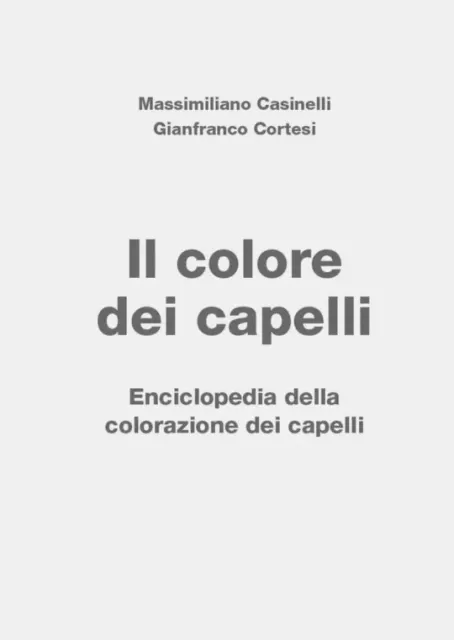
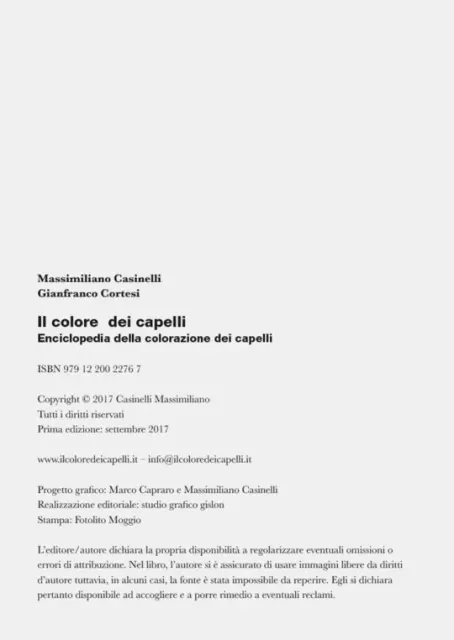
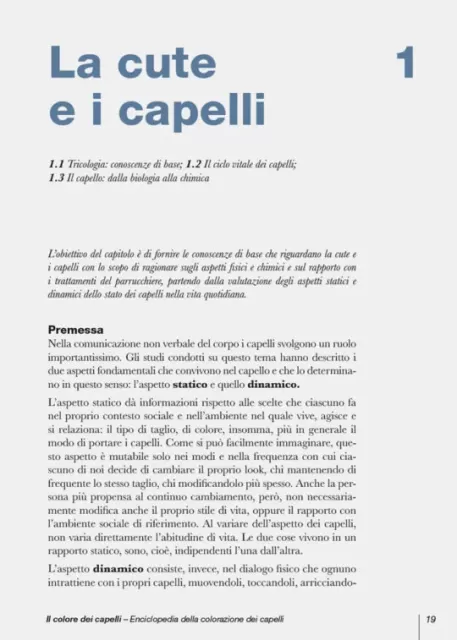
Orient the reader and provide a preview of the content
The index
The above is therefore the minimum wage which unfortunately rarely proves to be sufficient for a professional graphic layout. Even if ours is a simple book, it is necessary to offer an idea of the contents at a glance and an orientation for an easy search using the "index". Our reasoned list of contents evolves and therefore becomes:
- Cover .
- Title page .
- Imprint .
- General index . Contains the list of chapters and other possible sections in their order and serves both as a search and to offer an overview of the contents.
- Text Body .
Graphic layout: the role of the "presenter"
The introduction
It is probable that the author will find himself almost naturally feeling the need to provide a preview of the contents or to provide basic or preparatory information that he prefers to distinguish from the actual main contents of the book. Otherwise, imagine a show without a… presenter.
The layout of the book is therefore enriched by the introduction :
- Cover .
- Title page .
- Imprint .
- General index .
- Introduction . It contains a preview of the contents, a general outline, preparatory information, if part of a series, a summary of… previous episodes.
- Text Body .
And why should I read it?
The graphic layout of the book and the role of the premise
If we also want to explain what is at the origin of our work or how it should be interpreted, why we wrote it or why it should be read, we must add another piece: the premise or preface . The pagination order becomes like this:
- Cover .
- Title page .
- Imprint .
- General index .
- Foreword/Preface . The background, the context, the basis of reasoning.
- Introduction .
- Text Body .
The premise or preface comes before the Introduction and differs from the latter because it does not deal with the contents exposed but with the motivations and the general context.
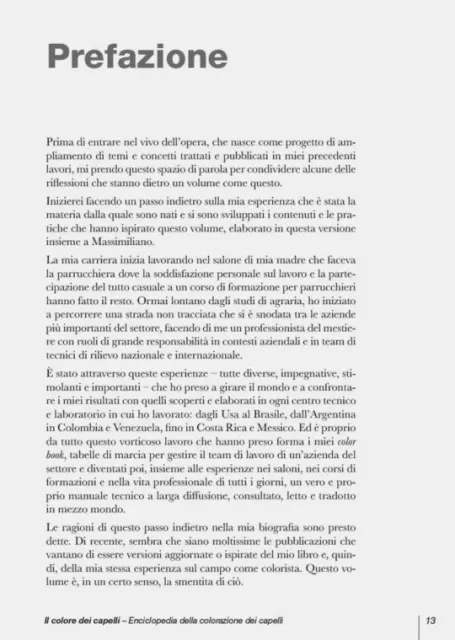
Book layout and illustrations
The image index
In a book where the illustrations, photos and tables are numerous and play an important role in themselves, constituting almost a separate subject of study, a further index is necessary. Updating the sequence…
- Cover .
- Title page .
- Imprint .
- General index .
- Index of Images and Tables . Include the reference number, title or caption abbreviation.
- Foreword/Preface .
- Introduction .
- Text Body .
Do you see how already at this point the speech is becoming more articulated? And see how much better the resulting communication is? Do you understand how these "accessories" enrich your work? We were leaving out things, weren't we? And you can do even more. We see.
Graphic layout: the "extra" contents
The appendices of the book
We often have the need to insert content that is not strictly related to the narrative, which would not find space in a specific section or chapter.
What are Appendices? These are all those topics which by subject and format deviate from the general flow of the text. They should be paginated at the end of the book. So let's update our schema:
- Cover .
- Title page .
- Imprint .
- General index .
- Index images and tables .
- Foreword/Preface .
- Introduction .
- Text Body .
- Appendices . All contents that do not fit into the normal text flow or that due to their format (for example a map) cannot be inserted in the right sequence for technical reasons.
In the more complex books we find additional elements…
Now let's do the phenomena…
The glossary, the bibliography, the notes, the analytical index
A nonfiction or technical book often contains Notes . They are placed at the bottom of the page or at the end (it's a choice of layout). Another element is the Glossary which contains the definition of specific terms. It is also sometimes necessary, especially in a scientific book. Still another element: the Bibliography which collects the reference titles necessary to deepen the topics covered.
In very complex books and where you want to help the reader as much as possible in finding topics of interest, the analytical index is included in the graphic layout of the book. This is an alphabetical index of the most important terms used in the text indicating the pages where the term is used.
Our structure, which we could define as almost complete, now includes:
- Cover .
- Title page .
- Imprint .
- General index .
- Index images and tables .
- Foreword/Preface .
- Introduction .
- Text Body .
- Appendices .
- Note. When they are not defined along the footer text flow.
- Glossary. Especially in technical volumes but not only.
- Bibliography. Volumes of non-fiction and scientific treatises in general have substantial bibliographies.
- Analytical index. When it is important, for example in a school book, to send the reader back to the exact point where a specific topic is treated or a precise term is mentioned.
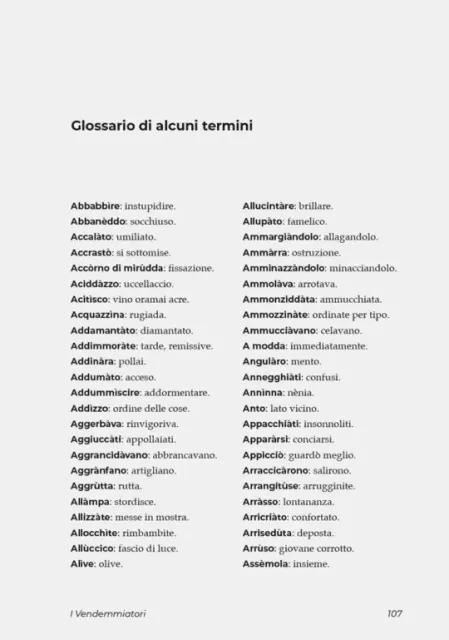
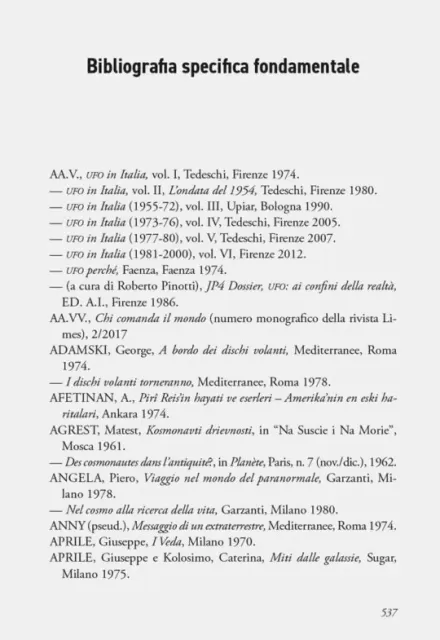
It's over? Depending on the specific editorial category, other elements may be missing, for example, in scientific and scholastic texts, an Index of the abbreviations used to be inserted in the initial pages.
We could, and in my opinion it would be highly recommended, add a Conclusions section which acts as a counterpoint to the introduction and could act as a bridge to present or forthcoming works.
We could insert pages dedicated to the biographies of the authors if they are not present on the cover and if we want to dedicate some space to them. Quite often Acknowledgments are also added.
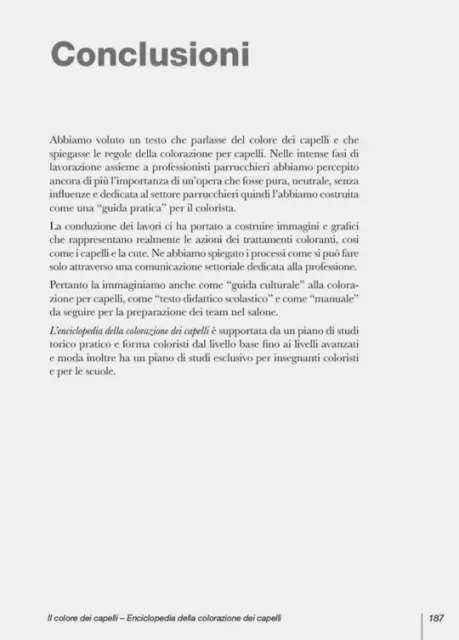
In principle, you could therefore use this list, which we arrived at with a progressive reasoning, as a checklist and as a correct sequence of contents before passing the manuscript to the publisher, the graphic designer or before starting the final layout ourselves .
That's a lot of stuff, isn't it?
Graphic layout and accessibility of documents
Last but not least, the accessibility of documents benefits enormously from an orderly and complete graphic layout.
The production of an accessible file, a pdf and in recent years more and more an Epub, fundamentally requires that tags (literally: labels) identify the reading order and the type of elements in the text such as: titles, subtitles, images, etc. so that the vocal reader can identify them and present them correctly to the listener.
If the structure of the book is incomplete or incorrect, the disorientation in a visually impaired reader is even greater than in the normally sighted.
To verify the accessibility of a book, like any document, it is possible to intervene in a very simple way if you have a program like Word: have it read aloud and follow the narrator without reading the text.
The steps you'll struggle to follow are the ones that require action. It may just be a matter of punctuation but you may be missing key explanations, paragraph titles or you may need a better book layout.
I'm sure these directions will be of great help to you.
When you subscribe to the blog, we will send you an e-mail when there are new updates on the site so you wouldn't miss them.
By accepting you will be accessing a service provided by a third-party external to https://www.insightadv.it/


































































Comments